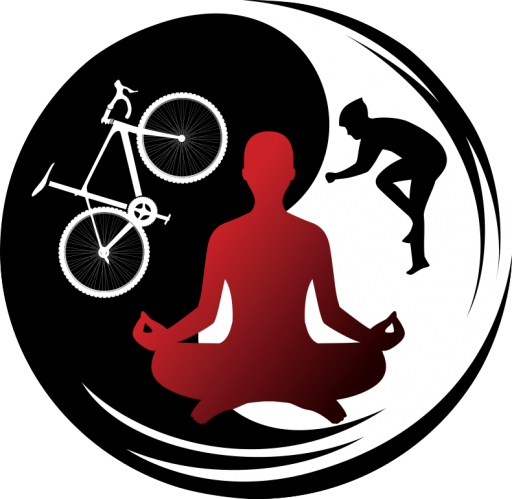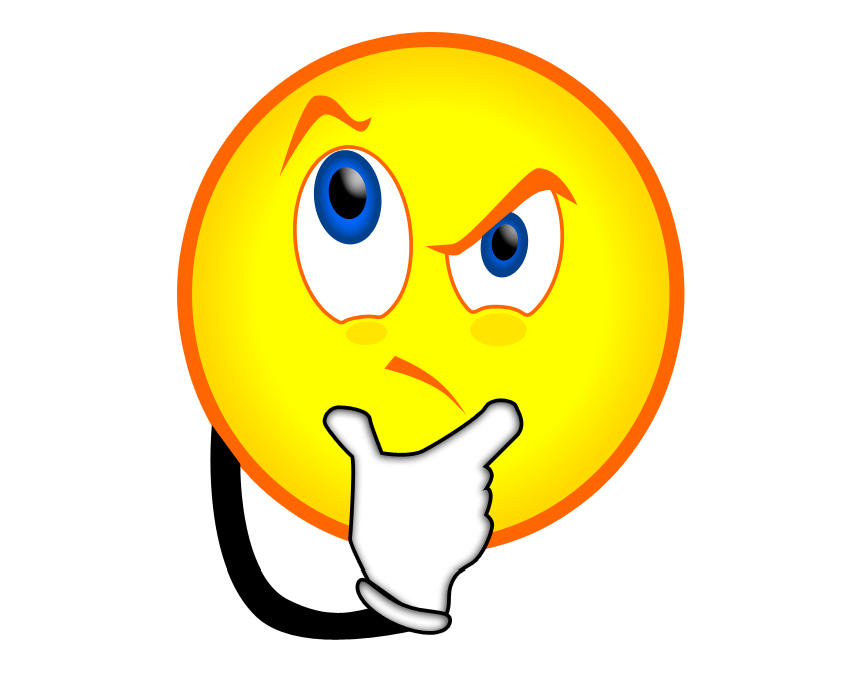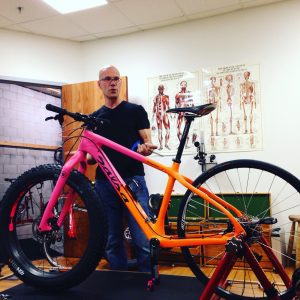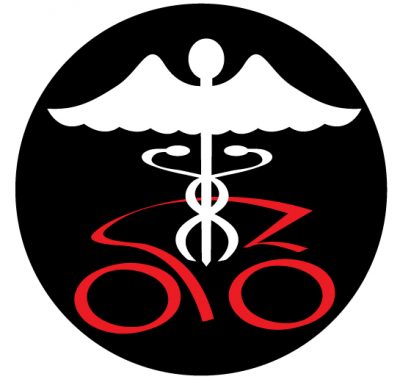Triathlon Bike Fit Tips
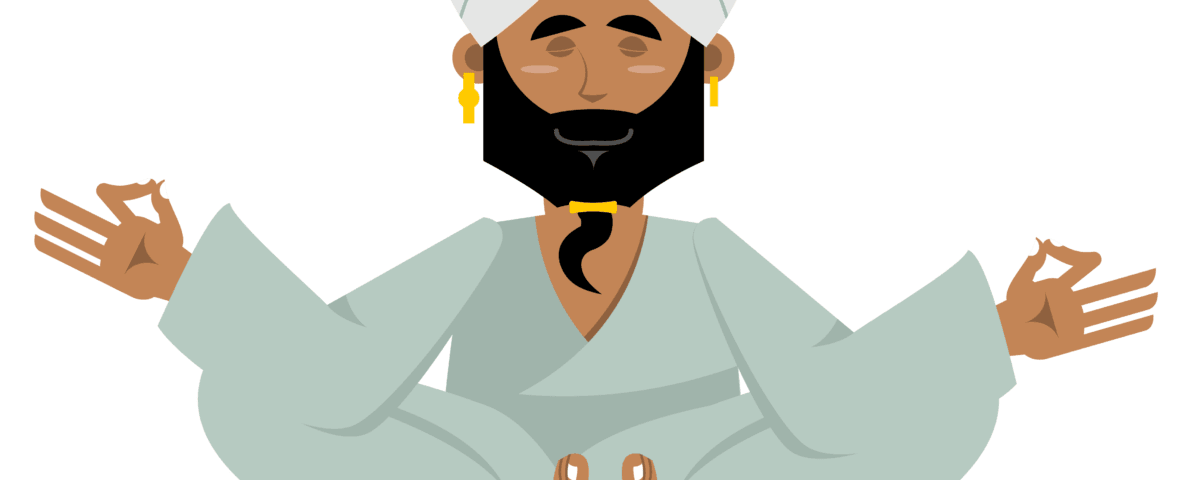
Tips to ensure a good outcome from your triathlon bike fitting experience
More for competitive athletes than folks just having fun. And certainly not appropriate if you are experiencing pain or injured.
- Get fit off-season for your body to accommodate position changes and build a solid foundation/base. This is a great time to buy a new bike or change to shorter cranks.
- Hire someone you can trust. It is nearly impossible to produce a good outcome without trust because change is more likely to be interpreted as bad instead of different. Finding someone within reasonable driving distance is best to ensure a continuum of service.
- Follow your fitter’s advice. This should be easy in the context of #2. This does not bar common sense. It is okay to feel muscle soreness, for example, but not pain, so long as it gradually improves. If you are concerned, contact your fitter before making changes on your own because small adjustments to one component typically requires adjustments at other contact points.
- Don’t expect the same power/speed gains as your friend(s). Fixing a poor position produces greater improvements than optimizing a fit with small refinements. A good fit should improve training effects which will gradually improve performance.
- Aero optimization is not the most aerodynamic position you can achieve in a wind tunnel or track. It is the position that can be sustained on the aerobars, providing adequate recovery from swimming and preparation to run. Most (not all) adopt a forward effective seat tube angle to facilitate effective running, but I’m curious how many triathletes test arm pad width against deltoid SmO2, tidal flow, HR, etc., to promote recovery from swimming.
- Don’t buy a bike without using data generated from a good fit or size cycle to guide your purchase decision. I am a strong advocate for post-purchase fitting when buying new to ensure everything is setup properly.
- If your coach has a strong opinion on your position, find a fitter that he/she trusts or let them do the fitting. I’ve had coaches tell me to slam a rider on a new bike purchase without observing the client during the process. Same with cranks. If a client pedals smoothly with 155mm cranks, it makes no sense for someone who was not in the room to suggest 170’s.
- Not every “body” can ride an aggressive aero position. Fitters need to work with hip ROM limitations, kyphosis, cervical issues, upper body strength, etc., when fitting – not just the client’s aero-profile. It is better to adopt a position that can be sustained on the extensions then race on the base bar.
- Your saddle to pad differential (how slammed your cockpit is) means nothing. Morphology varies significantly between riders. Longer upper arms produce greater differential than shorter upper arms with identical trunk angles/aero profiles. And if both riders ride identical saddle heights, it is possible that the shorter upper arm athlete encounters less drag.
- Don’t change componentry without having your fit adjusted. Saddle length, girth (height from rails to saddle top), and designated sitting area varies between manufacturer and models. This is especially important when switching from a mid to front sitting saddle (e.g. Cobb V-Flow to ISM 3.0) . Upgrading/changing your cockpit requires the same consideration, but to a lesser extent when duplicating measurements. Cleat changes require correct rotation, shimming and wedging, shoes have different last thickness.
Triathlon Bike Fit Tips was last modified: January 31st, 2023 by
